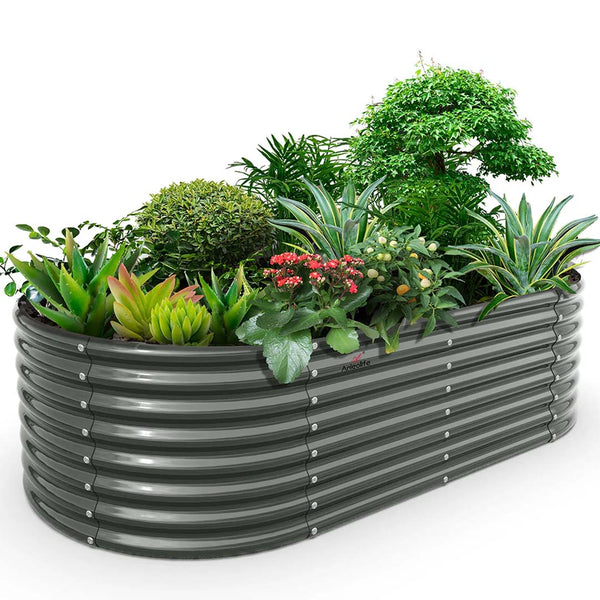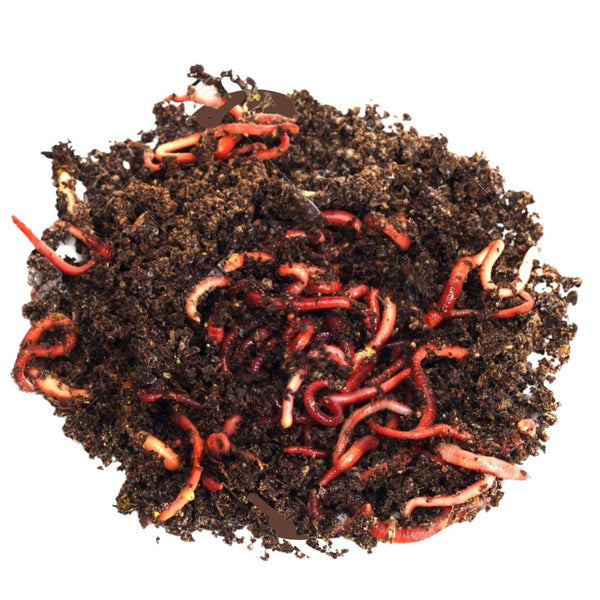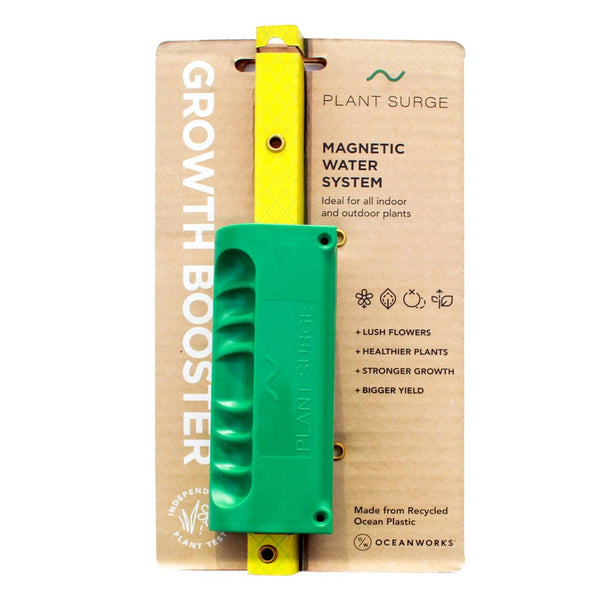The Perfect Electroculture Antenna Design That Channels Nature's Electricity

Understanding Electroculture Gardening
Electroculture gardening is a nifty way to supercharge plant growth using electricity. By diving into its history and perks, we can see how this method can shake up our gardening game.
History and Evolution
Electroculture's roots go way back to the 18th and 19th centuries. Folks noticed that plants near electrified train tracks or places hit by lightning seemed to grow better than those in regular spots. Early trailblazers like Sir Humphry Davy and André-Marie Ampère ran experiments to figure out how electricity and plant growth were connected, setting the stage for future discoveries in this intriguing area.
Fast forward to the 20th century, and researchers started to crack the code on how electricity could jazz up essential plant processes like nutrient uptake, growth, and food production. This period was a game-changer for electroculture, as tech advancements helped us get a better grip on the perks electric fields offer to plants.
Benefits of Electroculture
Electroculture packs a punch with its benefits, giving our gardening efforts a serious boost. Check out some of the top advantages:
| Benefit | Description |
|---|---|
| Increased Crop Yields | Early fans of electroculture have seen big jumps in crop production, which is crucial for feeding the world's growing population. |
| Reduced Chemical Reliance | By naturally boosting plant health and growth, electroculture cuts down on the need for chemical fertilizers, pesticides, and herbicides. This shift supports more organic and eco-friendly farming, helping the planet. |
| Accelerated Seed Germination | Electroculture speeds up seed germination, leading to faster planting cycles and possibly earlier crop rotations. This is a win for areas with shorter growing seasons. |
By jumping on the electroculture bandwagon, we can build a tougher and more productive garden while keeping our environmental footprint small. This method fits right in with our goals of self-sufficiency and sustainable practices, making it a tempting choice for gardeners of all stripes. For more tips on how to get started with this cool approach, check out our articles on electroculture gardening and electroculture antenna designs.
Implementing Electroculture Antennas
We're diving into the world of electroculture gardening, and the antennas we choose are like the secret sauce for boosting plant growth. Let's chat about picking the right materials and nailing the design for our electroculture antennas.
Choosing the Right Materials
When we're talking materials for our antennas, copper wire is the MVP. It's got top-notch conductivity, which means it’s great at channeling that atmospheric electricity we want for our plants (Electroculture Tech).
Here's a quick rundown of what we might use:
| Material | Conductivity | Durability | Best Use Case |
|---|---|---|---|
| Copper Wire | Excellent | High | Main component for antennas |
| Galvanized Steel | Good | Moderate | Structural support for antennas |
| Aluminum | Fair | Low | Temporary setups or lightweight use |
Using top-quality copper wire means our antennas can grab and channel the natural energy floating around. Plus, we should think about rust-proof and weather-resistant materials if we're gardening outside in all kinds of weather.
Antenna Design Considerations
The way we design our electroculture antenna can make or break its mojo. The shape and setup are key to snagging and directing atmospheric electricity. Many folks swear by a spiral or helical shape for this. These shapes are believed to create a smoother flow of electrical currents, giving our plants a little extra oomph.
Check out these design tips:
| Design Feature | Description |
|---|---|
| Shape | Spiral or helical shapes are preferred for efficiency. |
| Height | Adjustable height models can cater to different garden setups. |
| Orientation | North-South alignment may optimize natural electromagnetic energy flow. |
| Portability | Consider portable options for urban gardeners with limited space. |
By zeroing in on these design features, we can whip up antennas that not only look snazzy but also do wonders for plant growth.
Mixing these materials and design ideas into our electroculture antenna setup will help us grow stronger, healthier plants and make our gardening game even more fun. For more cool stuff on electroculture, check out our article on benefits of electroculture.























